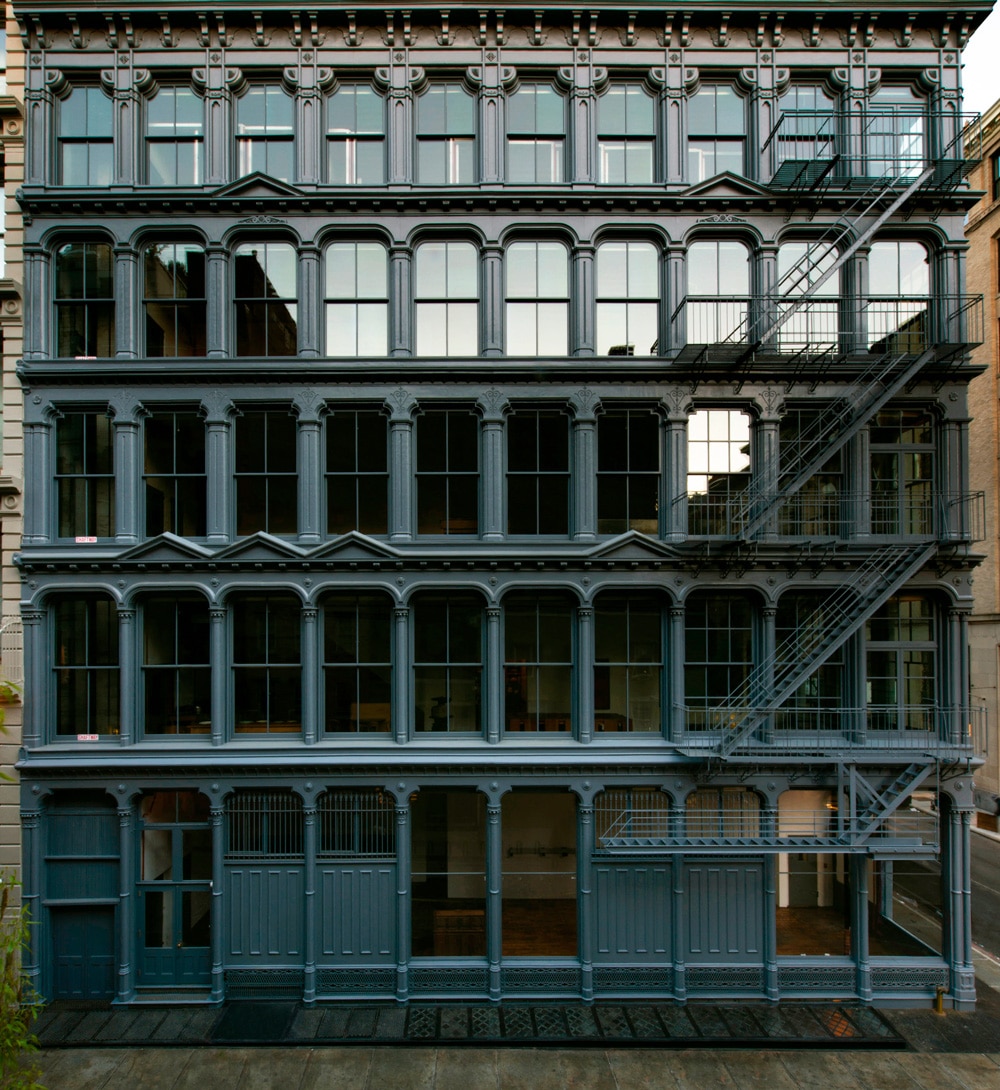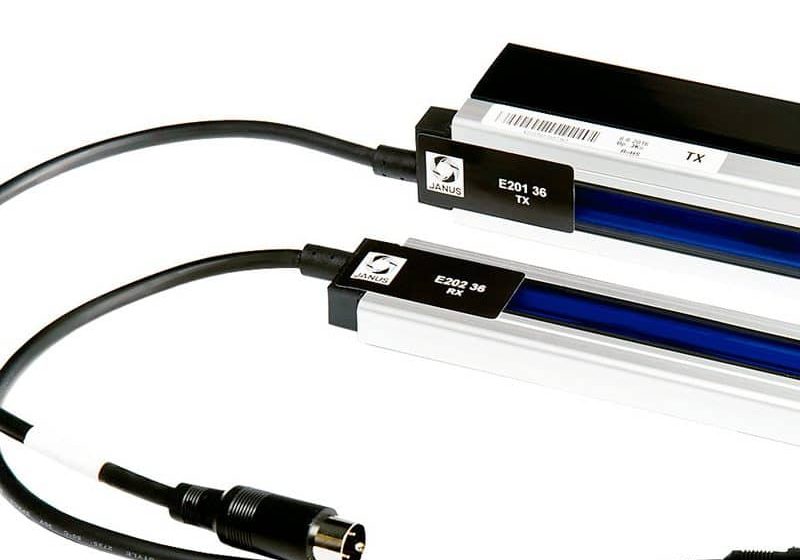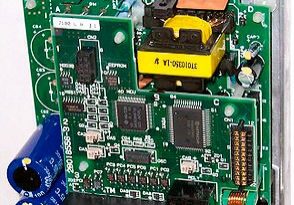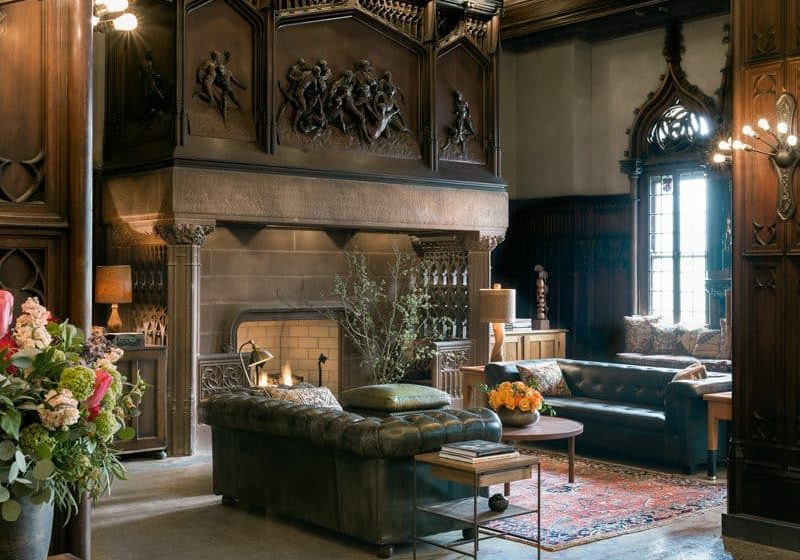The Space Surrounding the Elevator
Nov 1, 2016

Functionality embraces art in NYC’s Judd Foundation.
In 1968, Donald Judd purchased 101 Spring Street, an old textile factory, in SoHo, New York City (NYC). He and his wife, choreographer Julie Finch, were among the first artists to move into the neighborhood. They lived and worked in the five-story cast-iron building, which was designed by Nicholas Whyte and built in 1870. Each floor served its own purpose, whether for displaying art, working, eating or sleeping. (You can still visit their bedroom on the fifth floor.) Over 25 years, Judd renovated the building floor by floor. Before his death in 1994, he committed to have the entire building remain as it had been for much of his life. Along with similar museums in Marfa, Texas, the Judd Foundation exists as the embodiment of his philosophy of art — the birthplace of permanent installation. Visitors can go on guided tours to view the artwork, furniture and decorative objects. And, for those who need it, there is an antique elevator that services the entire building.
Judd graduated from Columbia University with a BS in Philosophy in 1953 and, with it, approached art, writing — his whole life — with a strict adherence to his artistic principles. He is considered to be the leading proponent of “minimalism,” a style that uses pared-down design elements. He believed the setting of a piece of artwork is a critical, non-negotiable aspect of the art itself. He wrote in 1991:
“Too often, I believe, the meaning of a work of art is lost as a result of a thoughtless or unsuitable placement of the work for display. The installation of my own work, for example, as well as that of others, is contemporary with its creation, and the space surrounding the work is crucial to it. Frequently, as much thought has gone into the placement of a piece as into the piece itself.”
Any other space, such as a gallery or museum, would betray the message of the art in some way. By extension, the Judd Foundation has become part of the art it houses. The building underwent a restoration from 2010 to 2013, which included environmentalcontrols and fire-safety systems installed using techniques that minimize invasive construction.
“This idea was passed on to my dad, I think, from people who lived through the Depression — that if you have something, it’s going to keep working if you take care of it.”
The elevator is driven by a direct current, worm-gear winding-drum machine housed in the basement. All the equipment in the machine room was manufactured by A. B. See Electric Elevator Co., but the installer is unknown. Judd hired Metropolitan Elevator Service Corp. to maintain the unit, and the company continues to service the elevator to this day. Joseph Maimone, a second-generation co-owner of Metropolitan Elevator, says a monthly routine inspection consists of the same thing it did 40 years ago:
“We lubricate the rails with grease — the wooden rails — and do maintenance top to bottom. Anything that moves gets lubricated. Clean the commutator and brush rigging on the motor and make sure the contacts are functioning properly. And, basically, that’s it. Just give it a once over.”
This common-sense approach and philosophy to elevator maintenance was influenced by Judd’s parents, says his daughter, Rainer Judd, who serves as co-president of the Judd Foundation along with her brother, Flavin Judd. As an artist, actor and producer in her own right, she has inherited the same spirit of preservation. She says:
“I think the elevator was taken care of in a similar way to the way my grandparents preserved things — that, if you had a machine, you could repair it, you could take care of it, you could oil it. If you had wood, you could keep it happy, even though you’re wearing it down year by year. This idea was passed on to my dad, I think, from people who lived through the Depression — that if you have something, it’s going to keep working if you take care of it.”
This was a way of life for the family, and Donald Judd relished it. Rainer Judd says a small Swedish desk, a red bucket for loose change and a chair adorned the cab alongside her father’s checkbook, pad and paper and usually a jacket or sweater. The elevator served as his movable closet or traveling office. “It was really — and this was not ever said — but it was really my dad’s elevator,” she says. Donald Judd was careful not to use it too much, having “a lot of people take the stairs, depending on how much, either he liked them, or how old they were.” Art was and is displayed on the ground floor, so the elevator was never used to transport large, heavy works of art.
To operate the elevator, you step into the cab, close the hoistway doors and then close the gates. Give the pull rope a tug — up to go down and down to go up (an apt metaphor for the power of pride and the grace of humility). To stop the car in flight, simply hold onto the cable, and the car will stop. In the cab, you can see the old annunciator Judd insisted be left alongside the new one when Metropolitan Elevator replaced it. Other changes or replacements include the audio-visual fire return, interlocks, emergency phone and plank switch. Over the years, Metropolitan Elevator has also replaced the knife and fork in the control board, the brake shoes and the hoistway and jump counterweight cables.
Inside the cab, passengers can look up the full length of the hoistway, which was once painted red. Windows into the elevator shaft allowed onlookers from the street to see a gray building with a bright-red line coming down the side. As a high school student, Maimone remembers riding the elevator from inside the car up and down the shaft with his father on top of the car, lubricating the wooden guide rails with grease. Maimone says it left an impression on him:
“The other thing of the cab I remember of the cab itself — the detail of the cab and the scrollwork and just how ornate it was. The other thing I remember that impressed me as a kid is the way the hand cable goes into the machine room, the way it’s threaded onto the control board and goes over a series of sheaves.”
Faithful maintenance and care have ensured the elevator passes its monthly Category One inspection and annual Category Five full-load safety test. And, it is still in line with ASME A17.1-1925 code. Locking into earlier versions of elevator and building codes was a common practice among artists in the SoHo neighborhood, says Rainer Judd. “There was so much inherent disagreement with government at the time, anyway, that it seemed like just part of their ongoing objection to society and government to not be up to code,” she says with a laugh. “Code required you to destroy many things; and, of course, maybe 30% of it is good reason, and the remaining 70% of it is insurance companies and total out-of-hand fear and obsession.” Nevertheless, the Foundation has found the city is willing to listen to alternative fire and safety solutions that prove to be as effective as standard practice.
The machine room, cab and hoistway blend into the rest of the building, where the artwork of the man who preserved its functionality stands. The elevator remains as a faithful servant long after the master of the house left the building in 1972 and passed away in 1994. Maimone says:
“It’s amazing how it was structured and built back in the day. It’s a little workhorse like a Model A. You can’t kill it — which is why it’s still running today. . . It’s just amazing to me. It’s like driving a Model A in today’s world — they run fine, you just gotta maintain them, take care of them. You just can’t abuse them, and they’ll last forever.”
Donald Judd wrote about the indispensable nature of the space surrounding art: “The space surrounding the work is crucial to it.” The beauty of the simplicity of the elevator, its age and the fact that it is still running had made an impression on the young Maimone — even a teenager can appreciate its beauty. By establishing the Judd Foundation, perhaps unwittingly, Judd preserved the space surrounding this elevator, allowing it to run as a permanent installation.
Get more of Elevator World. Sign up for our free e-newsletter.








